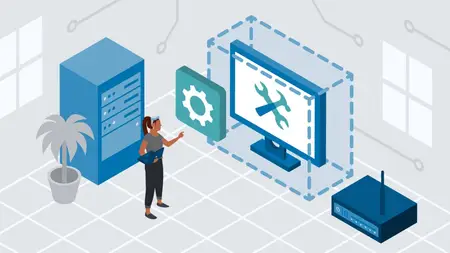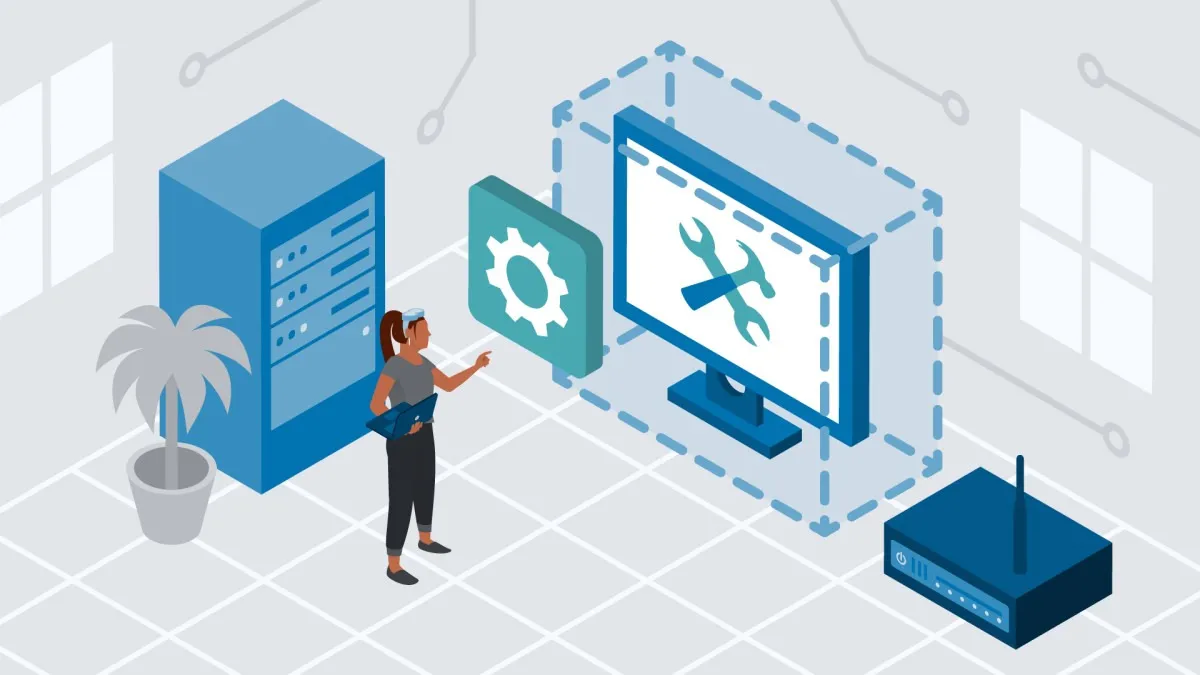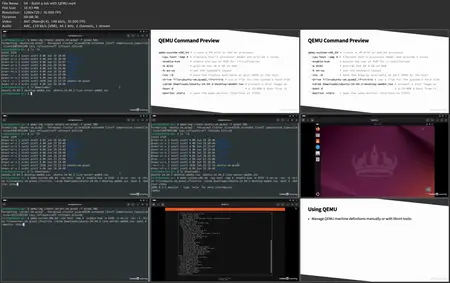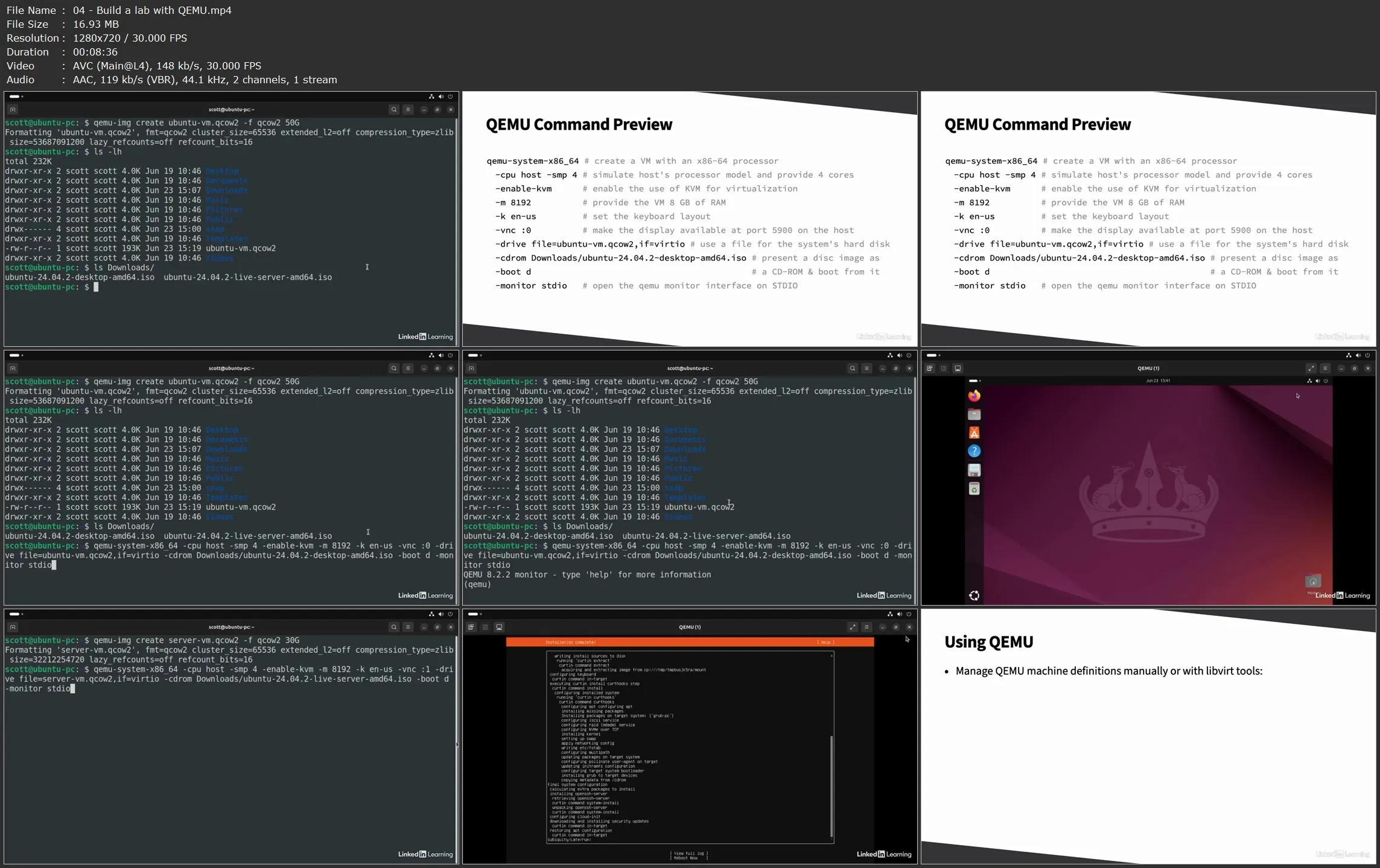Building a Home IT Lab
.MP4, AVC, 1280x720, 30 fps | English, AAC, 2 Ch | 2h 19m | 272 MB
Instructor: Scott Simpson
.MP4, AVC, 1280x720, 30 fps | English, AAC, 2 Ch | 2h 19m | 272 MB
Instructor: Scott Simpson
Network and system administrators need somewhere to practice their skills, and a home lab is a great choice. In this course, Scott Simpson explains the advantages of a home lab and shows you how to plan and build your own. Scott shows you how to determine what kinds of configurations you’ll need and spec out the hardware needed to support them. He walks you through what services are offered by which kinds of products and explores virtualization options and other tools that are commonly used in home IT labs. Scott covers hands-on examples of building a basic lab with infrastructure solutions such as Hyper-V, Proxmox Virtual Environment, and XCP-ng, as well as desktop solutions such as VirtualBox, KVM, QEMU, and Virtual Machine Manager. By the end of this course, you’ll also be prepared to leverage tools like TrueNAS, Linux containers, and Docker.





